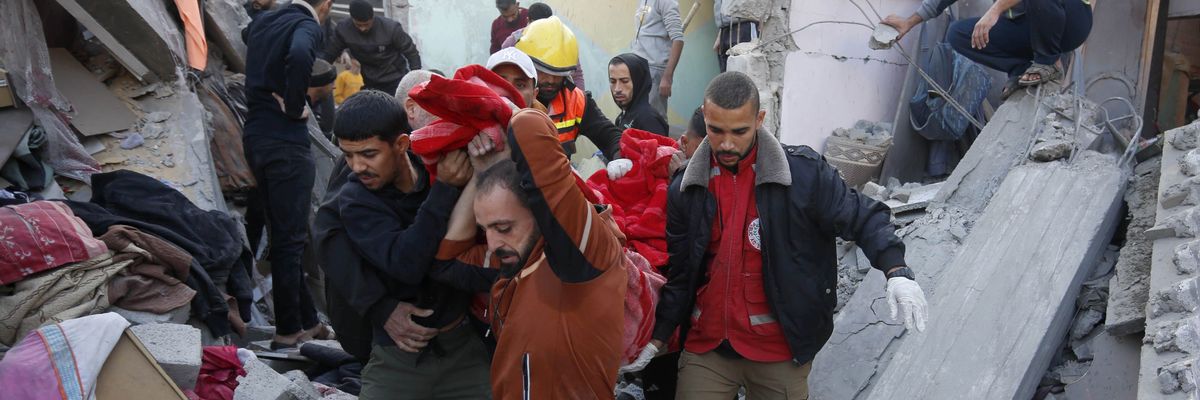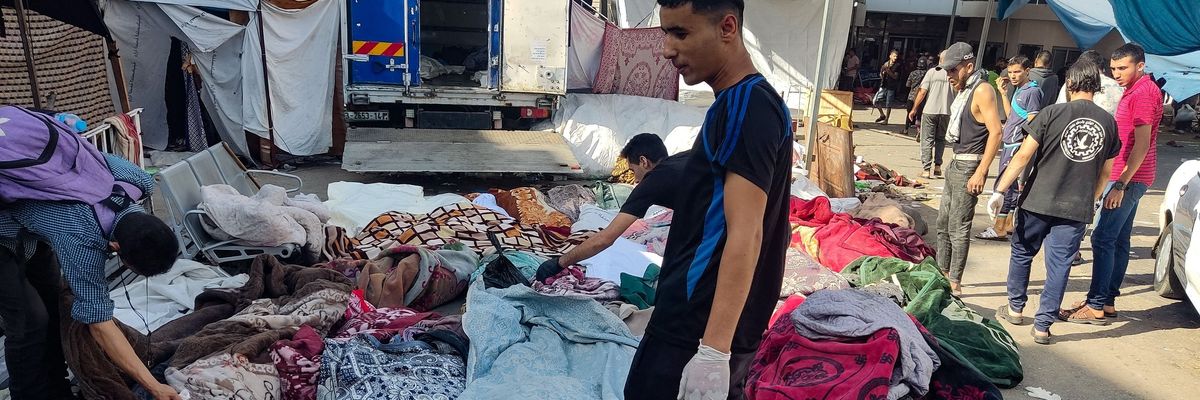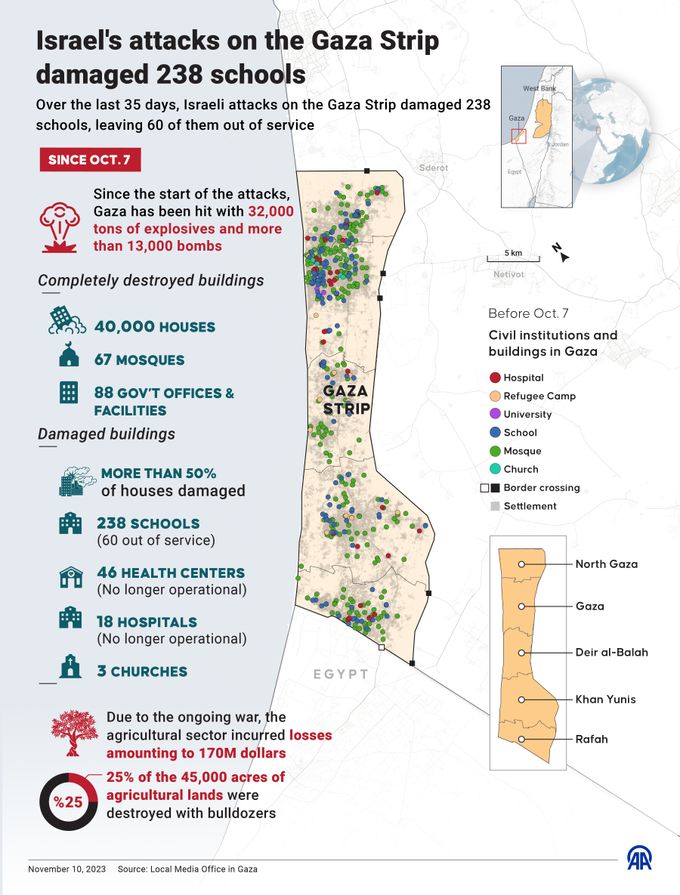‘Banker of the Climate Crisis’: Lawsuit Targets ING in the Netherlands
Original article by OLIVIA ROSANE republished from Common Dreams under Creative Commons (CC BY-NC-ND 3.0).

“Whether you are drilling for oil yourself, or have paid for the drill, in both cases you are contributing to and bear responsibility for the climate crisis we are currently experiencing,” one campaigner said of the suit against the Dutch banking giant.
Friends of the Earth Netherlands, which won a historic climate case against Shell in 2021, announced a new lawsuit on Friday against ING, the country’s largest bank.
The environmental group, known as Milieudefensie in Dutch, is demanding that the bank bring its climate policy in line with the Paris agreement goal of limiting global warming to 1.5°C, slash its carbon dioxide emissions by 48% of 2019 levels by 2030 and its carbon-dioxide equivalent emissions by 43%, take measures to ensure its clients are not destroying the Earth, and begin a dialogue with Milieudefensie about meeting these demands.
“The bank finances oil and gas companies, deforestation, and heavy industry, all of which add to the climate crisis,” Milieudefensie director Donald Pols said in a statement. “Whether you are drilling for oil yourself, or have paid for the drill, in both cases you are contributing to and bear responsibility for the climate crisis we are currently experiencing.”
In 2022, ING emitted at least 61 megatons of climate pollution, more than Ghana, Switzerland, or Sweden. Almost all of ING’s emissions come through the companies it invests in and does business with, and it emits more than any other bank in the Netherlands.
“He who pays the piper calls the tune. Due to ING’s financing of, e.g., oil and gas companies, ING is the banker of the climate crisis,” Pols said.
In a letter to ING, Milieudefensie outlined several steps the bank should take to reduce the climate footprint of its investments. These included requiring all clients to develop a Paris-compliant climate plan and refusing large clients that don’t develop one within a year, requiring all fossil fuel clients to stop expanding fossil fuels and develop a plan to phase them out entirely, and cutting ties with clients who refuse after one year.
“Large polluters like ING and Shell have to seriously get to work.”
In the letter, Miliedefensie said that ING had eight weeks from Friday to respond to its demands.
“If ING does not present a positive answer to Milieudefensie’s claims within the requested period of time, Milieudefensie will assume that ING is unwilling to comply with this request,” the group wrote in the letter. “Milieudefensie will in such case see no other option than to issue summons against ING with the goal of obtaining a court order instructing ING to take the aforementioned measures.”
The environmental group said that the legal argument behind its victory against Shell would also apply against ING, namely that large corporations must comply with the Paris agreement.
“Since the climate agreements in Paris, it is clear what the world needs to do: reduce the CO2 emissions to limit the warming of the Earth to 1.5°C,” the group’s attorney Roger Cox said in a statement. “This means that large polluters like ING and Shell have to seriously get to work. It is evident that they are not doing enough, and I am therefore confident that we will win this case too.”
While ING has made some progress on its internal climate goals, Mileudefensie believes it is not moving fast enough, as it plans to continue funding oil and gas projects through 2040 and has not set any goals for reducing its total emissions.
“We young people are not in charge, but companies like ING, with their fossil fuel financing, are helping to ruin our world and future,” Winnie Oussoren, a 21-year-old who chairs Young Friends of the Earth Netherlands, said in a statement.
Original article by OLIVIA ROSANE republished from Common Dreams under Creative Commons (CC BY-NC-ND 3.0).
- Groups Sue To Stop Biden From Offering 73 Million Acres To Oil Drillers In Gulf Of Mexico ›
- Friends Of The Earth Sues PG&E Over Diablo Canyon Nuclear Extension ›
- Groups Launch World’s First-Ever Climate Lawsuit Against A Commercial Bank ›
- Maui-Bound Biden Urged To Back Hawaiian Cases Against Big Oil, Declare Climate Emergency ›
- The People Vs Shell Case – A Victory For Climate Justice! ›




